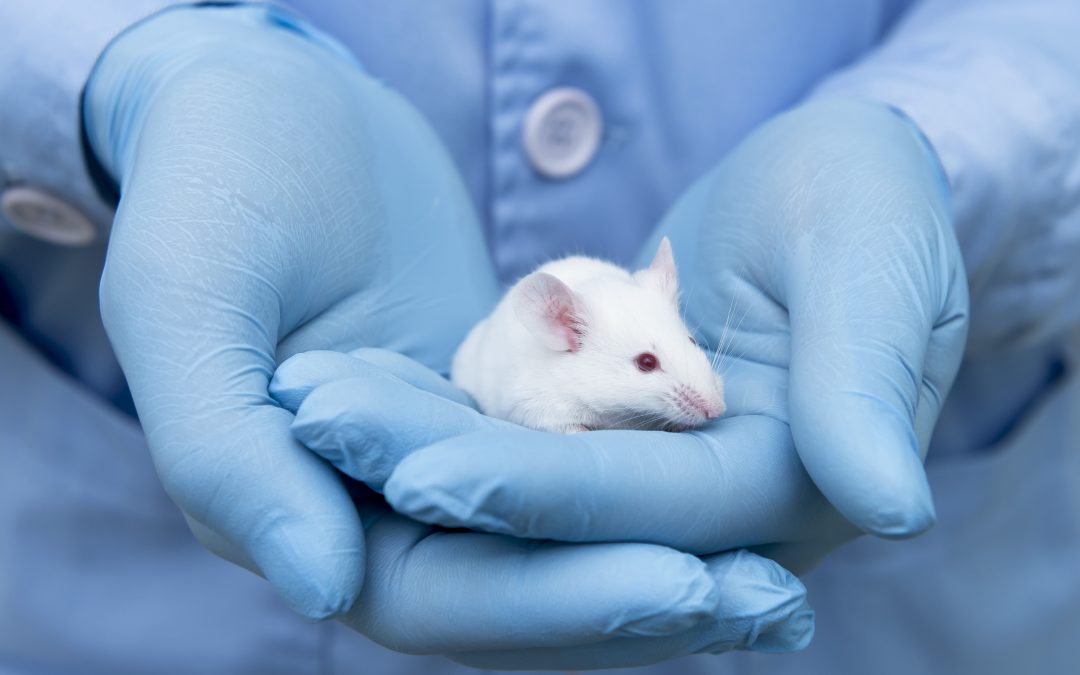Sometimes, forgetting something is just as important as remembering it. Unimportant memories take up space that could be better utilized to collect newer, more useful information. The details of memory formation are not well understood, although it is expected that synapses (large webs of connected nerve cells) are important for the process. Scientists assume that forgetting involves destroying or changing these synapses, a process that was hypothesized to be done by specialized cells in the brain called microglia.
Scientists set up an experiment with mice to test the idea that microglia were involved in the process of forgetting memories. First, scientists had to create an unpleasant memory for mice: giving them mild foot shocks when they were placed in a certain cage. Scientists continued to place the mice in the cage after the shocks had stopped. 5 days after, the mice would still consistently react fearfully to being in the cage from the associated risk of shocks. However, 35 days later they reacted less often. The next step was to give the mice a drug that would reduce the amount of microglia in their brains. When these mice were put through the same shock training experiment, they would still freeze in fear much longer after the shocks had stopped compared to the normal mice. This implied that the negative memory of the shock was harder to forget and was being retained longer. The final test was to give the mice a different drug that kept their microglia intact but reduced their ability to destroy synapses. These mice also showed similar after-effects to the shocks as the mice that had reduced microglia amounts.
To further study the interactions between microglia and memory retention, researchers marked brain cells that stored a fearful memory with a tracing dye. They gave the mice a drug that prevented these cells from firing and observed the interactions between them and the microglia. They found that the microglia were more likely to remove these marked cells. The implication is that since these cells were not firing, the memory was unused and was removed faster.
While promising, these results still have some blind spots that leave room for future study. For example, the experiment only dealt with fearful memories that are stored in the hippocampus. Current research points to the hippocampus being mostly a stopping point for short-term memories before they are committed to long-term storage. It’s unclear at this point if microglia have any effect on long-term memories. It is also unclear why some long-term memories can survive for years without being recalled. Scientists hypothesize that these synapses might be extra durable or that the memories are revisited subconsciously, but more research is necessary to better understand these interactions.
For similar experiments involving mice or other rodents, Powers Scientific offers rodent chambers that are adaptable to a variety of environments. Our chambers offer a temperature and lighting-controlled environment with a temperature range of 6.5-40°C, and 0-15 fresh air exchanges per hour. Each chamber comes equipped with features such as clock-controlled lighting, solid doors, an interior outlet and access port, doors locks, an audible/visual alarm with relay, stainless steel construction, and casters. Many other options are available, including additional lighting, dual or multi-point temperature control for temperature stressing, top-mounted or remote compressors, extra-deep sizes, or RS-232 or data retransmit outputs. Our chambers are all built to order, allowing the individual researcher to tailor the incubator to fit the required parameters of the experiment without paying for features that aren’t needed.
For more information on our rodent incubators, see our product page, visit our contact page or call us at (800) 998-0500 and request a quote.

